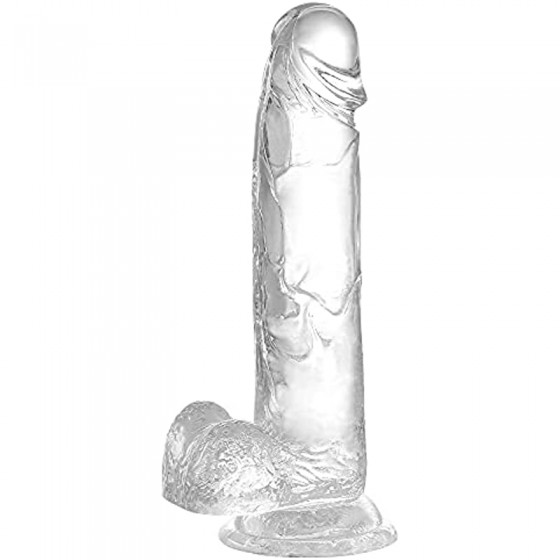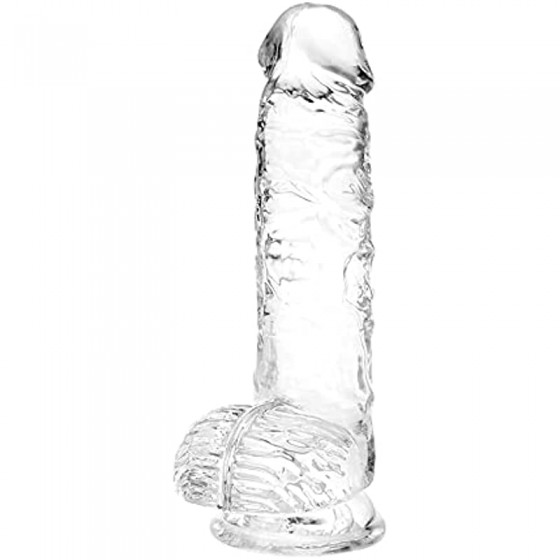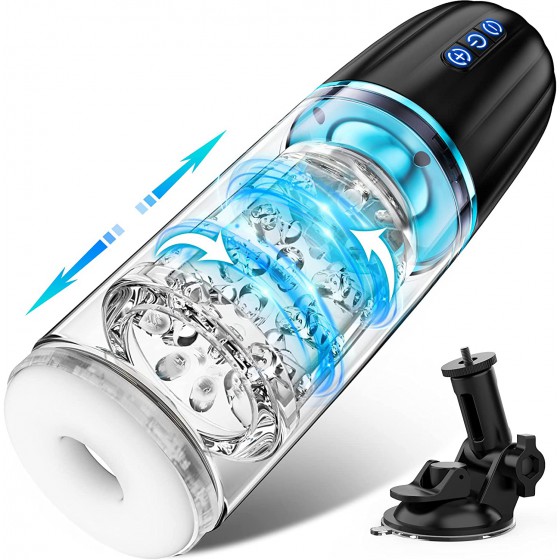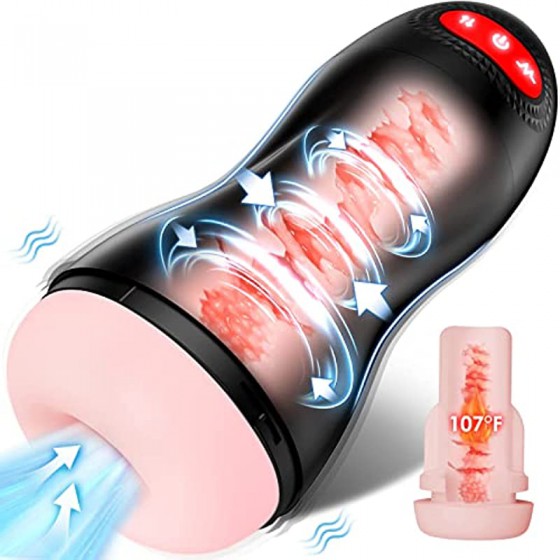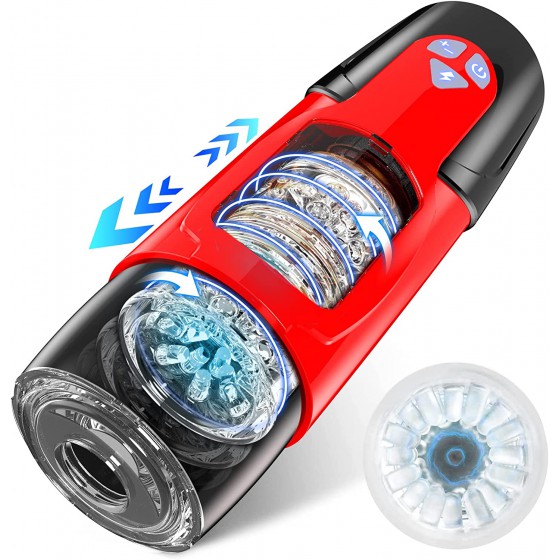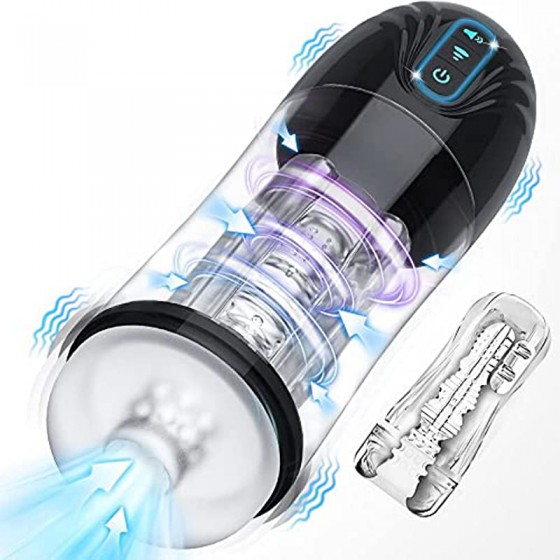Don’t let sanitary napkins become a source of virus infection
A woman needs about 15,000 sanitary napkins in her lifetime. It seems that environmental issues need to be carefully considered. Environmental experts tell us: discarded sanitary napkins are "non-recyclable" garbage. If your city is dealing with garbage that is recyclable and non-recyclable, then put it in the non-recyclable category.
Reminder 1: You should be more diligent when replacing sanitary napkins
“Menstrual blood is rich in nutrients and can easily become a 'medium' for bacteria to breed. Therefore, sanitary napkins must be replaced diligently. "
There are two wrong practices:
One is to use sanitary napkins with strong absorbency and good protection function, thinking that using the same sanitary napkin for a long time is not enough. It doesn't matter;
The second is that you forget to change it when the menstrual blood volume is low.
There is a survey: Japanese women change their breasts an average of 6 times a day during menstruation, while Chinese women change them 3 times. As Asians, there shouldn't be much difference in their physiques. However, because a high proportion of Chinese women use intrauterine devices, their overall menstrual flow should be greater.
When using sanitary napkins, remember:
1. Change them every two hours;
2. Use medicated sanitary napkins with caution to prevent allergies;
3. Wash your hands before opening sanitary napkins;
4. Place sanitary napkins in the bathroom. Most bathrooms in our country are hidden and do not see sunlight all day long. They are also very humid, which can easily breed mold and contaminate sanitary napkins.
Reminder 2: Use medicated sanitary napkins with caution, especially women with allergies.
The raw materials of sanitary napkins from regular manufacturers have undergone special safety testing and have been used for many years. . If allergies occur, it is usually due to our physical problems - just like some people are allergic to eating shrimps and crabs.
"Sanitary napkin allergy" is not a trivial matter
The only way to prevent allergies is to avoid allergens, so once you feel irritated, itchy, or uncomfortable, stop using the sanitary napkin immediately. It is best to find out the ingredients that cause allergies (the most common ones are the fragrance in sanitary napkins), and do not use sanitary napkins containing the same ingredients.
Experts suggest: "People with sensitive skin should use less dry mesh and more cotton mesh. Dry mesh absorbs quickly, but cotton mesh is softer and more comfortable and less irritating to the skin. "In addition, allergies are more likely to occur in summer because moisture accumulates locally, so you need to pay more attention to changing them frequently. ”
Reminder 3: It is best to change sanitary napkins every two hours
Ms. Zhang always uses tampons, mainly because she is a mysophobic and cannot stand the smell of menstrual blood left on sanitary napkins. In fact, menstrual blood does not have an odor when it first comes out, but when it comes into contact with air, an oxidation reaction occurs, and several chemical substances are mixed together to produce an odor.
The way to overcome it is of course to choose products with good breathability and replace them frequently. Dr. Ding Hui also suggested that high-fat and high-calorie foods should not be eaten during menstruation, but should be replaced by fruits, vegetables, and beans. A light diet will refresh the body.
Reminder 4: Keep a distance from sanitary pads
Two days before and after menstruation, when traveling, business trips and other situations where bathing is inconvenient, sanitary pads are convenient, practical and clean. s Choice. Dr. Dante believes: "Sanitary pads should not be used all the time."
"The skin of the pubic area has a similar structure to the skin of the lips. In medicine, if the lips are damaged, a skilled plastic surgeon can transplant the skin of the vulva. Reconstruction. For the skin in these two areas, the ideal environment is not too dry, nor too moist. Just imagine, do we always cover our lips when we take care of them?"
"Delicate skin needs a very breathable environment. If it is too tightly sealed and moisture accumulates, it will easily breed bacteria and cause various health problems. The most ideal product is high-woven cotton underwear, and change it every day; if you use sanitary protection If you use pads, don’t forget to choose products with good breathability.”
Special advice: “If there is a lot of leucorrhea, it is yellow or bloody, and it smells bad, it may be due to vaginal inflammation and other diseases. The best way is not to use sanitary pads, but to see a gynecologist as soon as possible. ”
Reminder 5: Disinfection and bleaching
Sanitary napkins are not completely sterile, because it is difficult and unnecessary: menstrual blood itself contains many microorganisms. According to a study: every Menstrual blood contains 108 to 9 microorganisms, but generally speaking, it is not harmful to the human body. Therefore, many brands of sanitary napkins are not specifically disinfected. As long as they meet the standards required by the state: they do not contain pathogenic bacteria and the number of microorganisms is within a certain range, they will not harm our health.
There are also some products on the market that have been sterilized. It should be noted that most disinfection uses a chemical gas - ethylene oxide, which must be stored for a period of time before being put on the market. Otherwise, the residual ethylene oxide may cause harm to the human body. The state has special regulations on this.
Is the whiteness of sanitary napkins "bleached"? This is not necessarily true. Some sanitary napkins have a very pure white color as raw materials and do not need to be bleached; some sanitary napkins use fluorescent whitening agents - but we do not need to smell the fluorescent whitening agents to cause discoloration. Currently, there are thousands of sanitary napkins in the world. There are several kinds of fluorescent whitening agents, several of which are suspected to be harmful to human health, but none of them are used in the papermaking industry; in other words, there is no evidence that the fluorescent whitening agents currently used in papermaking are harmful.
Reminder 6: Environmental protection issues of sanitary napkins
A woman needs about 15,000 sanitary napkins in her lifetime. It seems that environmental issues need to be carefully considered. Environmental experts tell us: discarded sanitary napkins are "non-recyclable" garbage. If your city is dealing with garbage that is recyclable and non-recyclable, then put it in the non-recyclable category. Never throw sanitary napkins into the sewer, as this is an important cause of sewer blockage in cities.
This article comes from adult.6kmall.com and is published by netizens. This site only quotes it for reference. It does not mean that this site agrees with the views of the article. If you believe that the content and intellectual property rights of this article infringe upon your interests, please contact us.


